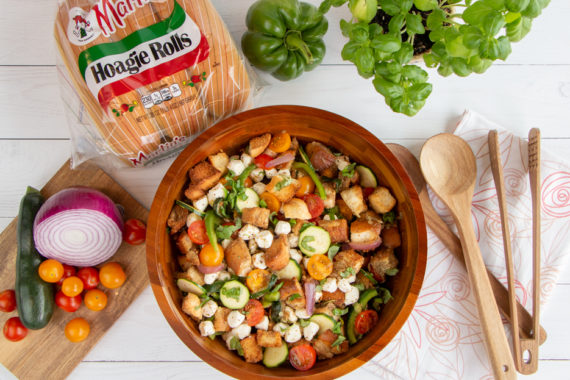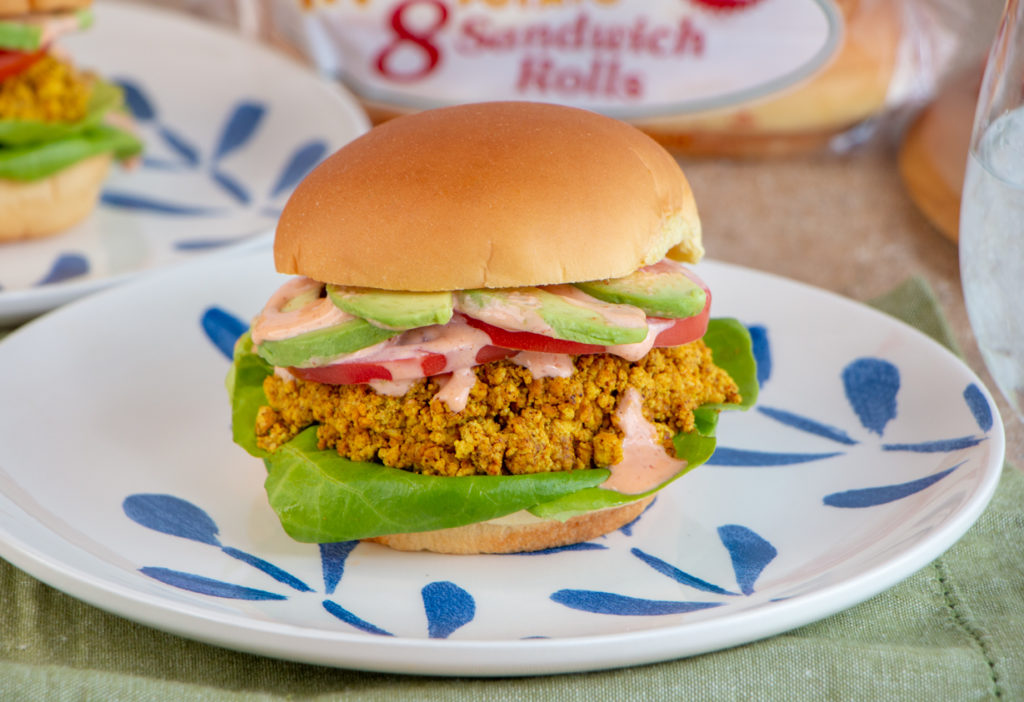
Welcome to the New Year! We hope 2022 brings you much happiness and success in whatever plans you have lined up for the months ahead.
If you, like many others, are looking to set new health or nutrition goals for the new year, you may be asking yourself: “How do I determine the best plan for me?” [Hint: there’s no one right answer.]
To help assist you in your resolution-setting, we did a deep-dive into a few popular diets and nutrition trends, giving you a head start in finding a plan that’s right for you. (Of course, be sure to consult your health professional before making any lifestyle changes.)
Read on to learn about some of the most popular diet trends, find helpful tips and advice, and explore delicious new recipes that incorporate perfectly into a number of healthy lifestyles.
What are the Top Reasons for Dieting?
People choose to follow specific nutrition guidelines for a number of reasons, one of the main ones being for weight-loss or other health-related reasons. For those with concerns such as excess weight, diabetes, or high blood pressure, many find that switching up their eating habits or following a more ritualized approach to eating helps them to address those needs and feel better in the long-run.
Still, some people may choose to follow diet restrictions (e.g., vegetarianism) for other reasons such as ethical or environmental concerns including those related to livestock farming. (For instance, many opponents point to negative impacts like the overuse of resources such as land and water, methane emissions, and/or pollution.)
Whatever a person’s reasons for reevaluating their dietary choices, there are many great nutrition programs and dieting guidelines that can help anyone feel healthier and more fulfilled.

Guidelines for Healthy Eating:
The best source for nutrition advice for Americans is the Dietary Guidelines for Americans resource released by the U.S. Departments of Agriculture (USDA) and of Health and Human Services (HHS) every few years. The ninth edition of the DGA for 2020-2025, which can be found at DietaryGuidelines.gov, provides a list of recommendations for every individual based on life stage and other factors.
The Dietary Guidelines recommend a healthy dietary pattern for all individuals that can be customized to individual needs and preferences and which consists primarily of “nutrient-dense forms of foods and beverages across all food groups, in recommended amounts, and within calorie limits.”
Tip: you can use MyPlate.gov to find out how to customize these recommendations to meet your individual and family needs. Explore the various food groups and find the recommended serving sizes based on your age, sex, height, weight, and level of physical activity.
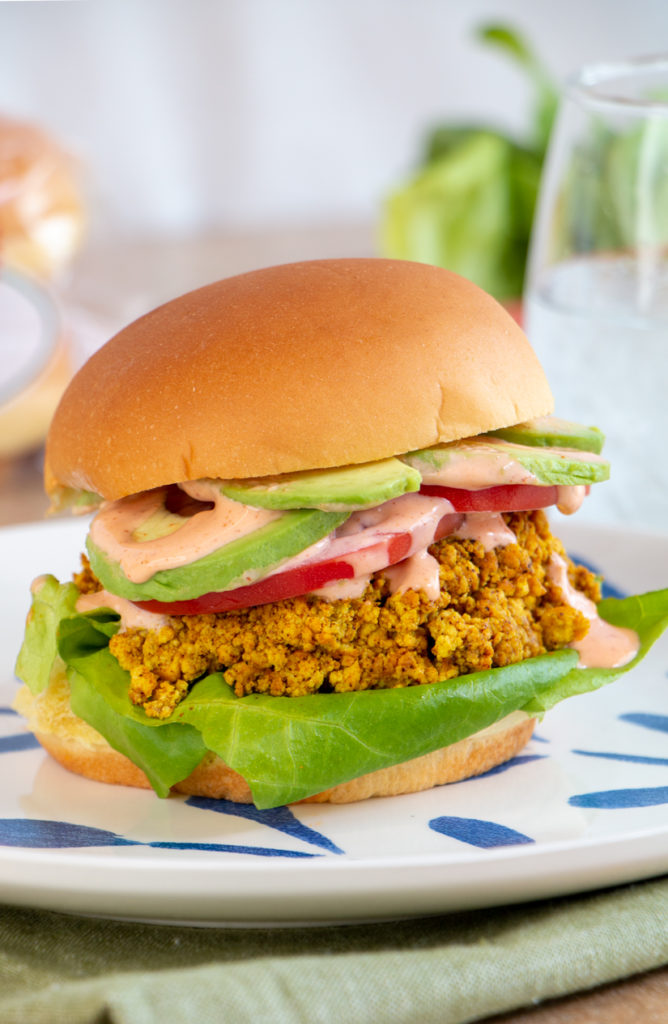
List of Popular Diets:
Curious about some of the nutrition trends you’ve heard about lately? Here is a brief overview of some popular diets and healthful lifestyles.
- DASH (Dietary Approaches to Stop Hypertension) Diet: high in fresh vegetables and fruits, whole grains, low-fat dairy, and lean protein; moderate amounts of healthy oils, nuts, beans, and peas; low in sweets, saturated fat, and sodium.
- Flexitarian Diet (Flexible Vegetarian): a semi-vegetarian diet that is primarily plant-based but allows for small amounts of animal products like meat, poultry, and fish.
- Keto (Ketogenic Diet): a high-fat, low-carb diet that emphasizes weight loss through fat-burning via a process called ketosis.
- Low-Calorie (e.g., Jenny Craig): a diet philosophy that focuses on calorie management.
- Low-Carb (e.g., Atkins, South Beach): a diet philosophy that focuses on eating fewer carbohydrates and more protein and healthy fats.
- Low-Fat (e.g., Ornish): a diet philosophy that focuses on eating less fat, refined carbs, and animal protein.
- Mediterranean Diet: high in fresh vegetables and fruits, whole grains, legumes, nuts, seeds, healthy fats; moderate amounts of fish, seafood, poultry, and dairy; low in red meat, sugar, and saturated fat.
- MIND (Mediterranean-DASH Intervention for Neurodegenerative Delay): a combination of the Mediterranean and DASH diets with a focus on boosting brain health; includes leafy greens, vegetables, whole grains, nuts, beans, and olive oil, with moderate amounts of berries, fatty fish, and poultry; generally avoids red meat, cheese, sweets, and saturated fats.
- Nordic: focuses on fresh fruits and vegetables, whole grains, fish, beans, peas, and low-fat dairy; generally follows a 2:1 ratio of carb grams to protein grams.
- Paleo: a high-protein diet that follows the premise of eating like the cavemen did; focuses primarily on meat, fish, poultry, fruits, and vegetables; avoids most processed foods, grains, beans, potatoes, sugar, and dairy.
- Point-based systems (e.g., WW): foods are assigned point values, with more nutritious choices having fewer points; participants are awarded a specific allotment of points per day/week.
- Vegetarian (Lacto-Ovo Vegetarian): plant-based diet that excludes meat, fish, and poultry, but includes eggs and dairy.
- Pescatarian: mostly plant-based diet that excludes meat and poultry, but includes fish, eggs and dairy.
- Pollotarian: mostly plant-based diet that excludes meat and fish, but includes poultry, eggs and dairy.
- Vegan: fully plant-based diet that excludes meat, fish, poultry, eggs, and dairy.
- Other Variations
- Whole 30: eliminates added sugar, grains, beans, dairy, and soy for 30 days to “reset” your eating habits.
- Zone: an anti-inflammatory diet focused on a specific balance of nutrient proportions (40% carbs, 30% protein and 30% fat) with certain food exclusions and additional rules.
What is the Best Diet?
The short answer is: “the one that works best for you.” There is no one-size-fits-all approach when it comes to health and nutrition. As you can see from the Dietary Guidelines referenced above, nutrition recommendations (and subsequent health-related outcomes) depend on a number of factors, including age, gender, health status and goals, lifestyle, and other dietary restrictions or concerns.
That being said, many dietitians agree that the more balanced eating plans are likely to be the most successful. Any diet that recommends cutting out entire food groups is not likely to be sustainable in the long term.
This statement also rings true in the U.S. News & World Report “Best Diets 2021” rankings. The expert-reviewed assessment of 39 diets ranked the Mediterranean Diet, DASH Diet, and Flexitarian Diet as the top three Best Diets Overall based on a number of factors.
What all three of these diets have in common is an emphasis on plant-based foods, including fresh fruits and vegetables, whole grains, nuts, seeds, and beans, along with moderate amounts of lean protein (albeit in varying levels).
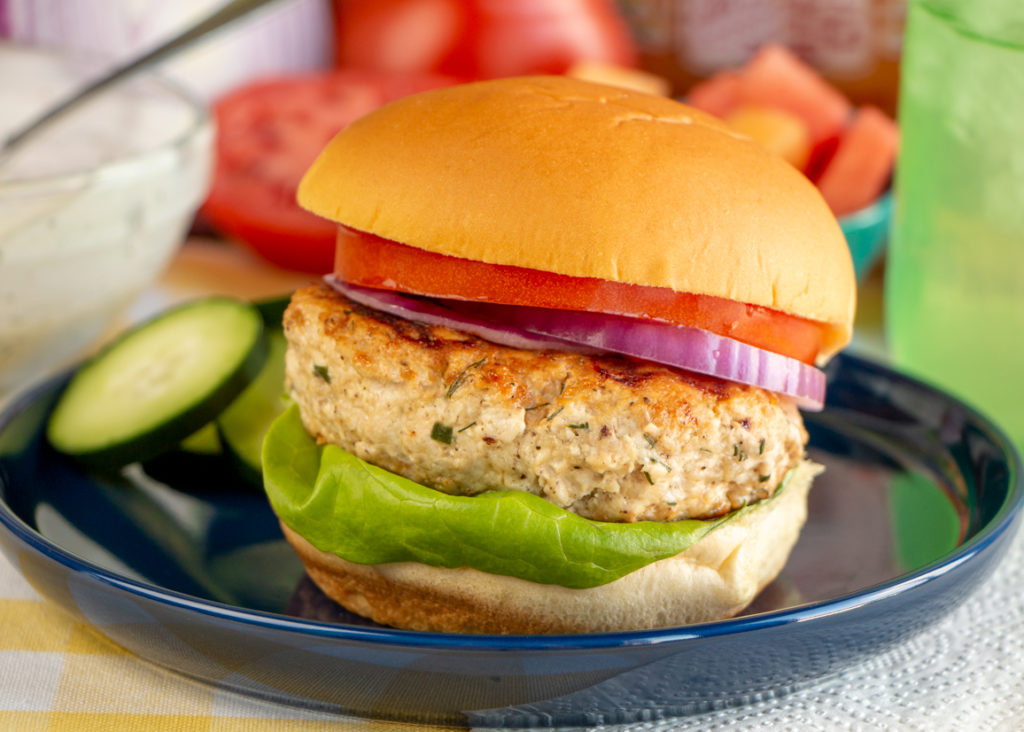
About the Flexitarian Diet
The Flexitarian Diet is, by definition, highly adaptable. This semi-vegetarian diet is able to be customized to the individual and therefore is easy to maintain, sustainable, and well-balanced. Along with other plant-forward meal plans such as Mediterranean and Vegetarian-variants like Pescatarian and Pollotarian, the occasional inclusion of fish, seafood, poultry and/or meat allows for more freedom and less feeling of sacrifice when it comes to enjoying your favorite foods.
This makes flexitarian, and similar diets, a popular choice for veggie lovers and meat eaters alike, and a convenient option for those looking for a small lifestyle change.
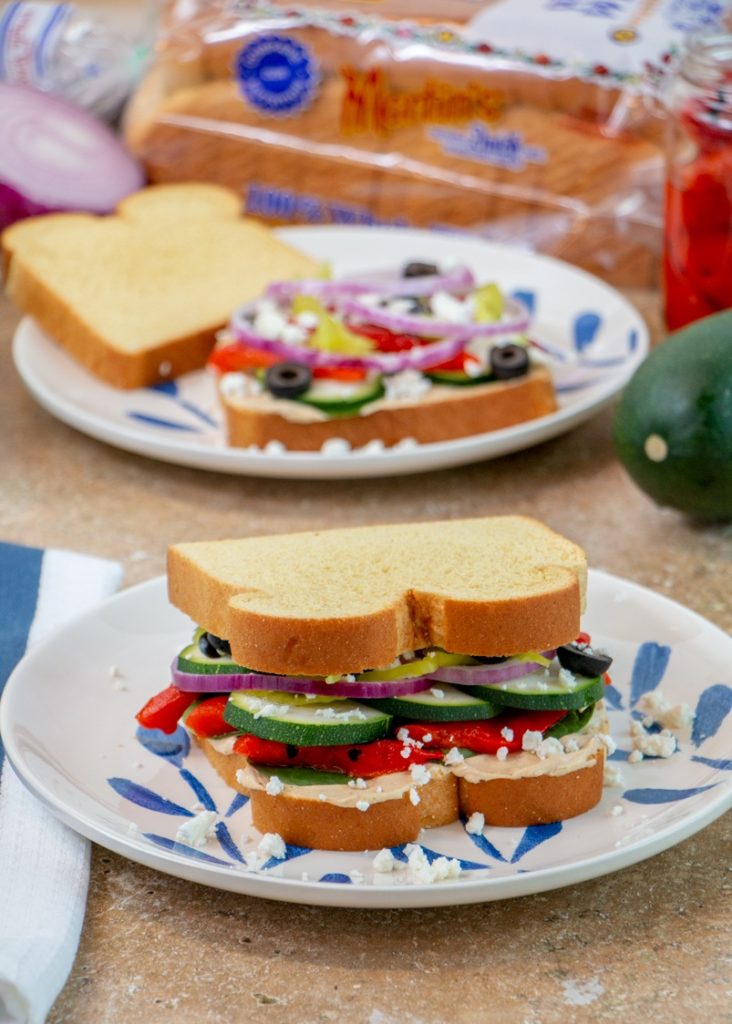
Tips for Flexible-Vegetarian Meals
Are you interested in exploring more of vegetarian-based nutrition plan? Start with these helpful tips and featured recipes!
1. Incorporate More “Blended” Proteins
You can decrease the amount of meat you consume by blending it with veggies or other versatile foods such as mushrooms. In fact, you can find many prepackaged products in your local grocery store from brands that specialize in these types of blended proteins.

Seemore Meats & Veggies is a veggie-forward meat company founded and led by women on a mission to make it easier and more fun to eat well. Seemore sources all-natural ingredients, uses recyclable and compostable packaging, and aims to reduce the environmental impact of meat consumption. Seemore’s colorful and fun sausages combine humanely-raised meat with a hearty dose of fresh vegetables (up to 35%!) that come in delicious, unique flavors such as Chicken Parm, La Dolce Beet-A, Chicken Kale Pesto, Chicken Chili Verde, and Bubbe’s Chicken Soup.
Learn more at: https://eatseemore.com.
Featured Recipe #1: Chicken Chili Verde Sausage with Pineapple Salsa

This Mexican-inspired recipe pairs Martin’s Long Potato Rolls with Seemore Chicken Chili Verde sausages (made with chicken, spicy green chilis & fresh cilantro), topped with tasty mango-pineapple salsa, cotija cheese, and cilantro-lime crema for a delicious blended-meat medley!
Featured Recipe #2: Beet Italian Sausage with Red Cabbage Slaw

OR—Try Seemore’s “La Dolce Beet-a” Italian Pork Sausage topped with homemade red cabbage slaw and nestled into Martin’s Long Potato Rolls for a pretty colorful, veggie-filled variation!
More Blended Protein Recipes:
- Mushroom Blend Meatball Sliders
- Black Bean Veggie Burgers
- Tuna Burgers
- Grilled Chicken and Homemade Ranch Burgers
Related Blogs:
2. Mix In All-Vegetarian Meals
Because the flexitarian diet is so easily customizable, you can make it all your own. If you’re used to eating meat on the regular, you can start by simply making one of your three main meals a vegetarian one. Then, mix in more as you get comfortable (or as you find some new favorite veg-forward dishes!)
Featured Recipe: Tofu Scramble Breakfast Sandwich
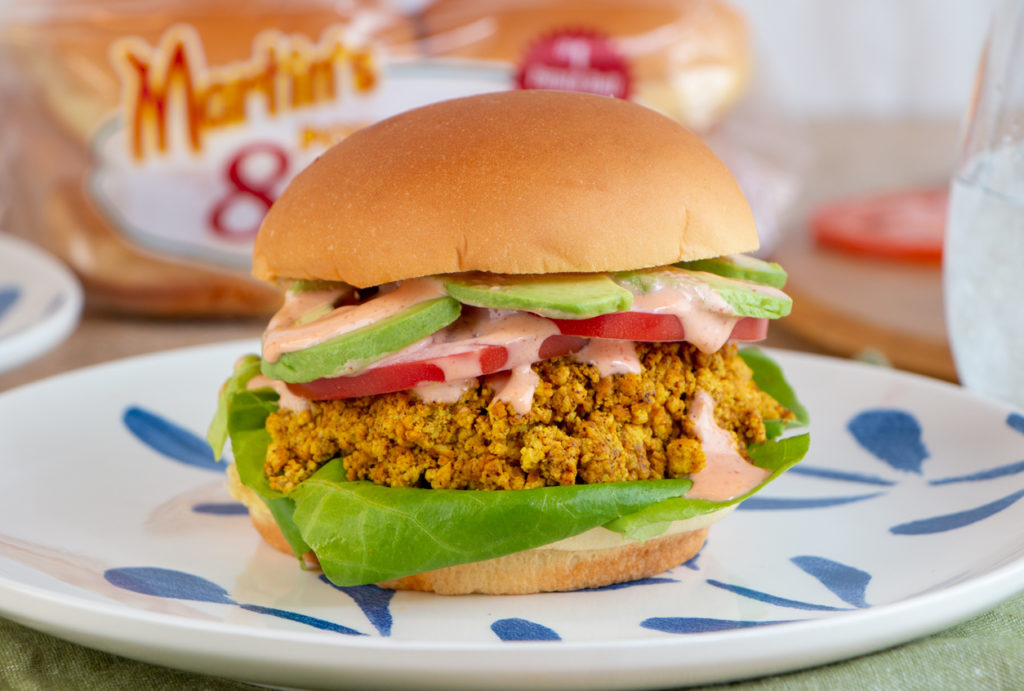
Tofu is a great, high-protein alternative to use in vegetarian meals instead of meat. Try preparing this breakfast scramble made with tofu in place of eggs. The various seasonings help to add more color and flavor to the tofu, while toppings like fresh veggies and sriracha mayo make for a more robust and satisfying breakfast sandwich.
Bonus: Check out a video tutorial for this recipe below!
More Vegetarian Recipes:
- Falafel Sliders with Avocado Hummus
- Mediterranean Sheet Pan Broccoli Bake
- Cauliflower Butter Bean Soup
- Eggplant Parmesan Subs
Related Blogs:
3. Enjoy Lean Proteins in Moderation
Healthy lifestyles such as Mediterranean and partial-vegetarian diets often incorporate lean proteins such as fish and chicken into their daily or weekly meal options. This is an excellent way to ensure you meet your protein requirements while still cutting back on your red meat consumption. (Bonus: Certain fish also include beneficial Omega-3 fatty acids!)

Try These Recipes:
Related Blogs:
4. Try Plant-Based Meat Alternatives
If you’re having trouble adjusting to fully meatless meals, check out some of the meat-lookalike and plant-based proteins on the market. There are many burger and sausage options, for example, that taste almost indistinguishable from real beef or pork. (Just be sure to look at the nutrition labels as some of these products can still be high in sodium or added sugars.)

Try These Recipes:
- Plant-Based Burger with Smoky Chipotle Ketchup
- Spicy Italian Flatbread
- Lentil Sloppy Joes
- Roasted Red Pepper & Chickpea Sandwich
Related Blogs:
5. Focus on Veggies
Not every meal has to be fully vegetarian. A good rule of thumb is to start building your meal plan around your favorite veggies! Once you have a full plate of veggies, grains, beans or legumes, and other nutritious foods, you might not even have room (or desire) for that cut of beef.
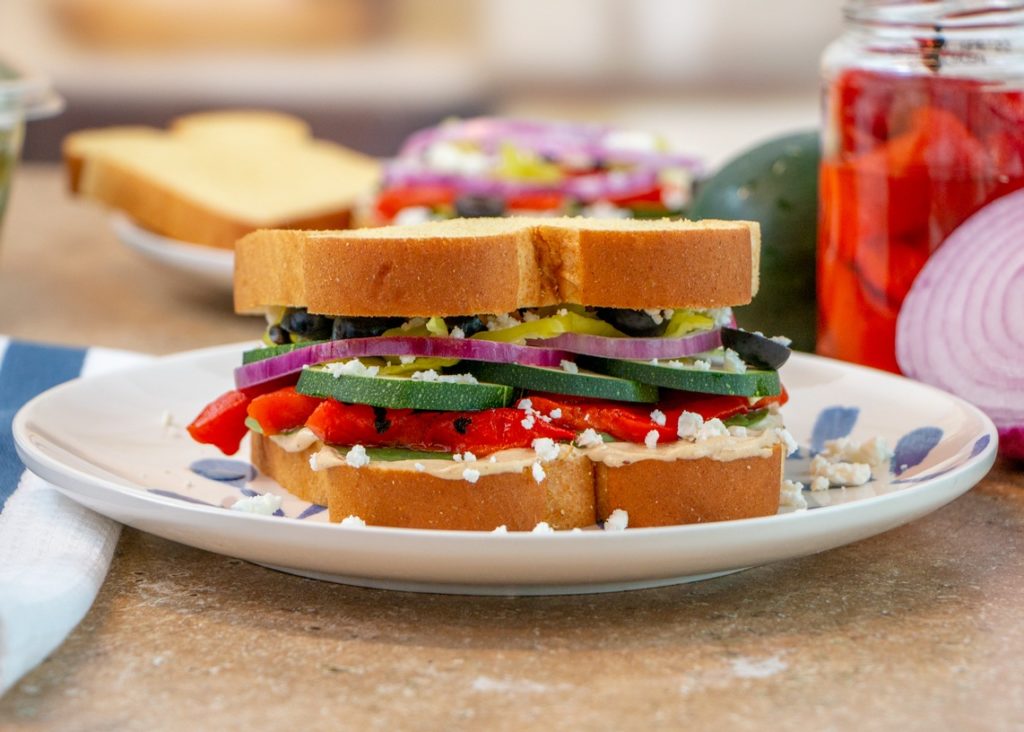
Try These Recipes:
- Mediterranean Veggie Sandwich
- Sweet Potato Veggie Burgers
- Vegetable Bread Pudding
- Roasted Veggie Panzanella with Maple Glaze
Related Blogs:
- Vegetable Based Entrees: Squash & Cauliflower
- Veggie Comfort Foods
- 3 Healthy Lunches Under 400 Calories
Disclaimer:
The information provided on this website should not be regarded as medical advice or used during any medical emergency or for the diagnosis or treatment of any medical condition. This information is not a substitute for medical care provided by a licensed and qualified medical professional. A licensed and qualified medical professional should be consulted for the diagnosis and treatment of any and all medical conditions. Any links to other sites on this website are provided for information only – such links do not constitute endorsements of those other sites. See also our Terms of Use and Privacy Policy regarding use of this website.
Sources:
- S. Department of Agriculture and U.S. Department of Health and Human Services. Dietary Guidelines for Americans, 2020-2025. 9th Edition. December 2020. Available at DietaryGuidelines.gov.
- https://www.myplate.gov
- https://health.usnews.com/best-diet/best-diets-overall
- https://www.webmd.com/diet/news/20200102/mediterranean-diet-repeats-as-best-overall-of-2020
- https://www.everydayhealth.com/diet-nutrition/diet/best-worst-fad-diets/
- https://www.verywellfit.com/how-flexitarian-diet-works-4588694
- https://www.health.harvard.edu/staying-healthy/becoming-a-vegetarian
- https://www.health.harvard.edu/blog/what-is-a-plant-based-diet-and-why-should-you-try-it-2018092614760
Our latest content, delivered straight to your inbox.
Be the first to hear about our newest recipes, tips, and company updates!



